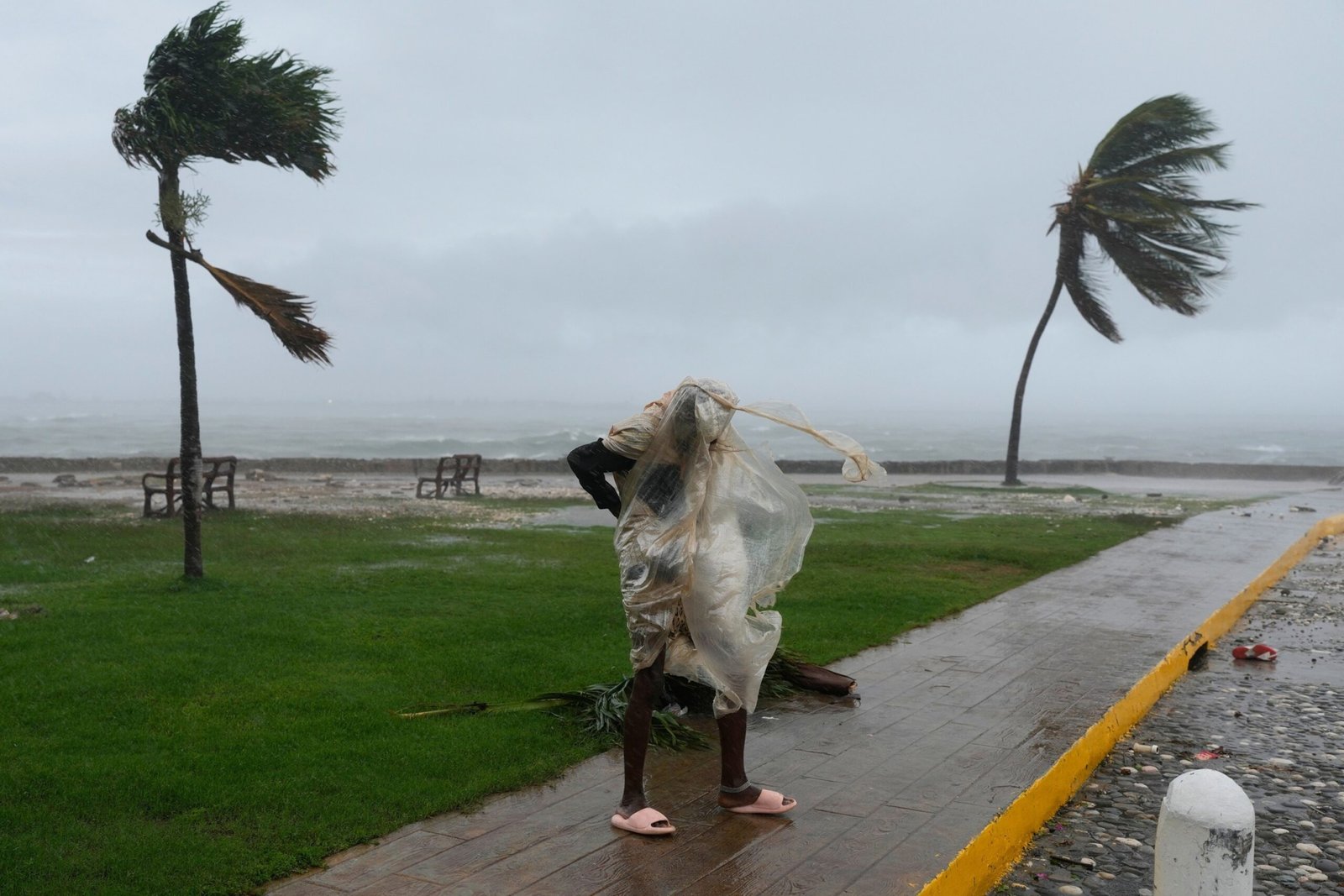The main right landing train collapsed in the impact when a Delta flight landed at the Pearson International Airport in Toronto last month, with the wing hitting the track and the fuel spray causing a mass fire, according to a preliminary report of the Canada Transport Security Board.
There was no final cause of the accident in the report published on Thursday, but the investigation found that the correct main landing train broke and collapsed in the impact when the plane landed at a high descent rate.
The first officer, who was on his fifth consecutive flight day, was at the control of the plane, according to the report. It had 1,422 flight flight hours, which is below the minimum of the Federal Aviation Administration to be a commercial pilot.

The researchers examine the remains of a Delta Air Lines plane one day after it crashed in the landing at Toronto Pearson International Airport in Toronto, Ontario, on February 18, 2025.
Geoff Robins/AFP through Getty images, file
He could fly commercially with a special exception of FAA because he had a specific aviation title and received an exemption, according to the report.
The 80 people on board survived although 21 passengers were injured, two seriously, according to the report.
Delta said in a statement: “For everyone in the effort of Air and Delta, nothing is more important than the security of our clients and our people. That is why we remain totally committed as the participants in the investigation directed by the Transportation Security Board of Canada. Out of respect for the integrity of this work that will continue through its final report, the Air and Delta effort will remain of the comments.”
What happened just before the plane landed?
Approximately 13 seconds before landing, the speed of the plane increased to 154 knots, “consisting of a wind burst that increases yield,” according to the report. The first officer, who was flying the plane, removed the thrust levers to reduce the engine thrust.
Then, 2.6 seconds before the touchdown, the improved alert of the land proximity warning system was activated, according to the report.
Less than a second before the TouchDown, the indicated air speed of the plane was 134 knots and its earth speed was 11 knots, according to the report. The bank’s angle was 7.1 degrees to the right, and the launch attitude was 1 grade. The descent rate was recorded as 1,110 feet per minute, according to the report.
What happened during the TouchDown?
The side is kept together with the main right -ual landing train of the fractured aircraft in the landing, according to the report, while the landing train was retracted.
The root of the wing fractured between the landing gear and the fuselage, which makes the right wing release a “cloud of fuel for airplanes” when it separated from the fuselage, according to the report, which then caught fire when the aircraft slid on the track.
The report also revealed that the cabin door was closed and the flight crew left the plane through the emergency hatch on the cabin roof.

The researchers with the Canada Transport Security Board see the remains of an Air Lines Operated CRJ-900 of Delta Aircraft that crashed on the track at the Toronto Pearson International Airport in Mississauga, Ontario, Canada, on February 18, 2025.
Canadian Transport Security Board through Reuters, Archive
After all 80 people on board evacuated, emergency personnel entered the fuselage and an explosion was produced outside the plane at the root of the left wing, according to the report, although the cause has not yet been determined for the explosion.
No obvious pre -existing malfunction were found in flight control components, according to the report.
The preliminary information of the flight data recorder did not have any “warning or warning messages” about flight controls.
While the first officer had flown for five days in a row, including the same day on a flight from Cleveland at 8:19 am, the captain had not flown for seven days. The captain has worked for Endeavor since October 2007. It has 3,570 hours of total flight time and 765 hours in the CRJ-900.





